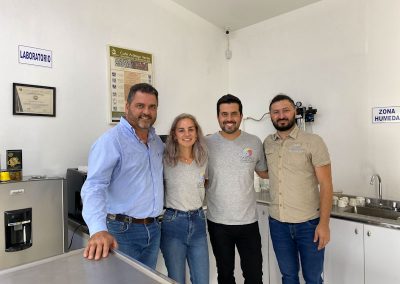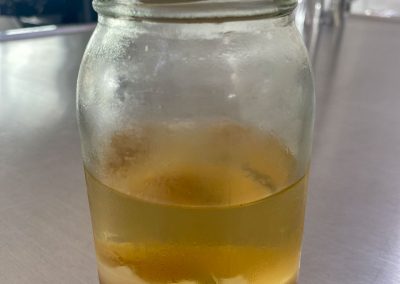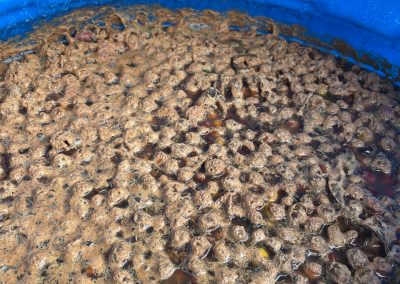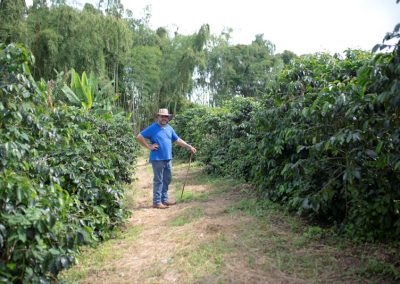Catiope
Nitro Washed
Catiope Nitro – Data Sheet
– Coffee name: Catiope Nitro Washed
– Grade: Product of Colombia
GEOGRAPHIC LOCATION
– Country: Colombia
– Region: La Riviera
– Altitude: 1.700 m.a.s.l
GROWING CHARACTERISTICS
– Varieties: Catiope
– Drying: Solar-Drying
– Processing: Washed
– Fermentation: Nitrogen Culturing
ORGANOLEPTIC CHARACTERISTICS
– Notes: Kiwi, Passion Fruit, Jasmine Honeysuckle, Orange Blossom, Lychee. Clean, Smooth and Balanced
– SCA Score: >87
Farm Info
This lot of Catiope Nitro is produced at the La Riviera estate located in the municipalities of Pereira in Risaralda, the region of the cultural coffee landscape in the spur of the central mountain range of the Andes. Its owner is Julio Cesar Madrid who comes from a family where coffee-growing has been a tradition, him being the third generation of coffee makers.
The Finca la Rivera is at a height of 1,700 masl and due to its geographical position, the soil youth rich in organic matter, coupled with the environment of a few hours of light by the high presence of clouds that extend the ripening period of the fruit, in addition to the wide thermal range in temperatures, which allows the coffee to develop complex flavours.
Julio Madrid, together with his partners at Cafe Uba has won different awards in quality for their coffee, both nationally and internationally.
Catiope Nitro Process
Nitrogen fermentation is the next step forward from Culturing fermentation. In 2020 the Coffee Uba team conducted research with the Universidad de los Andes in Colombia, the research was called Metagenomic, metabolomic, and sensory characteristics of fermented coffee (Coffea arabica var. L Castillo) inoculated with microbial starter cultures. This research allowed Julio and his team to understand many things that happen in their fermentations, especially the type of yeasts and bacteria that are part of the fermentations, so they decided to create a stainless steel bioreactor with the ability to retain gases and exchange, to measure temperature and take samples of the leachate/mossto of the fermentation, to provide the best environment for these yeasts and bacteria to work efficiently together with the coffee.
- The nitrogen fermentation starts with a selection of only ripe coffee beans. After the coffee is harvested it is left in the autonomous fermentation stage between 24 and 36 hours.
- After this fermentation step, the coffee is pulped and put into the bioreactor.
- After the coffee enters the bioreactor, our starter and leache cultures are applied and the bioreactor is closed.
- After the bioreactor is sealed, oxygen is removed from the inside and nitrogen is applied.
- From this stage of fermentation, the temperature, acidity, and activity of the fermentation are monitored using the leachate/mossto, until it reaches the desired conditions to know when to stop the fermentation.
- When the fermentation is finished, the coffee is taken for solar drying (it is not washed) and left to dry in the sun until the coffee reaches 25% humidity and then taken to mechanical drying until the coffee reaches a humidity between 10 and 12%
- After the coffee is dried, it is taken to the cellar for a stabilization stage between 15 and 30 days.




